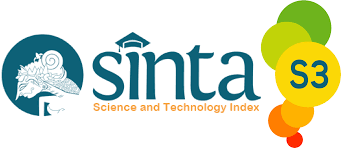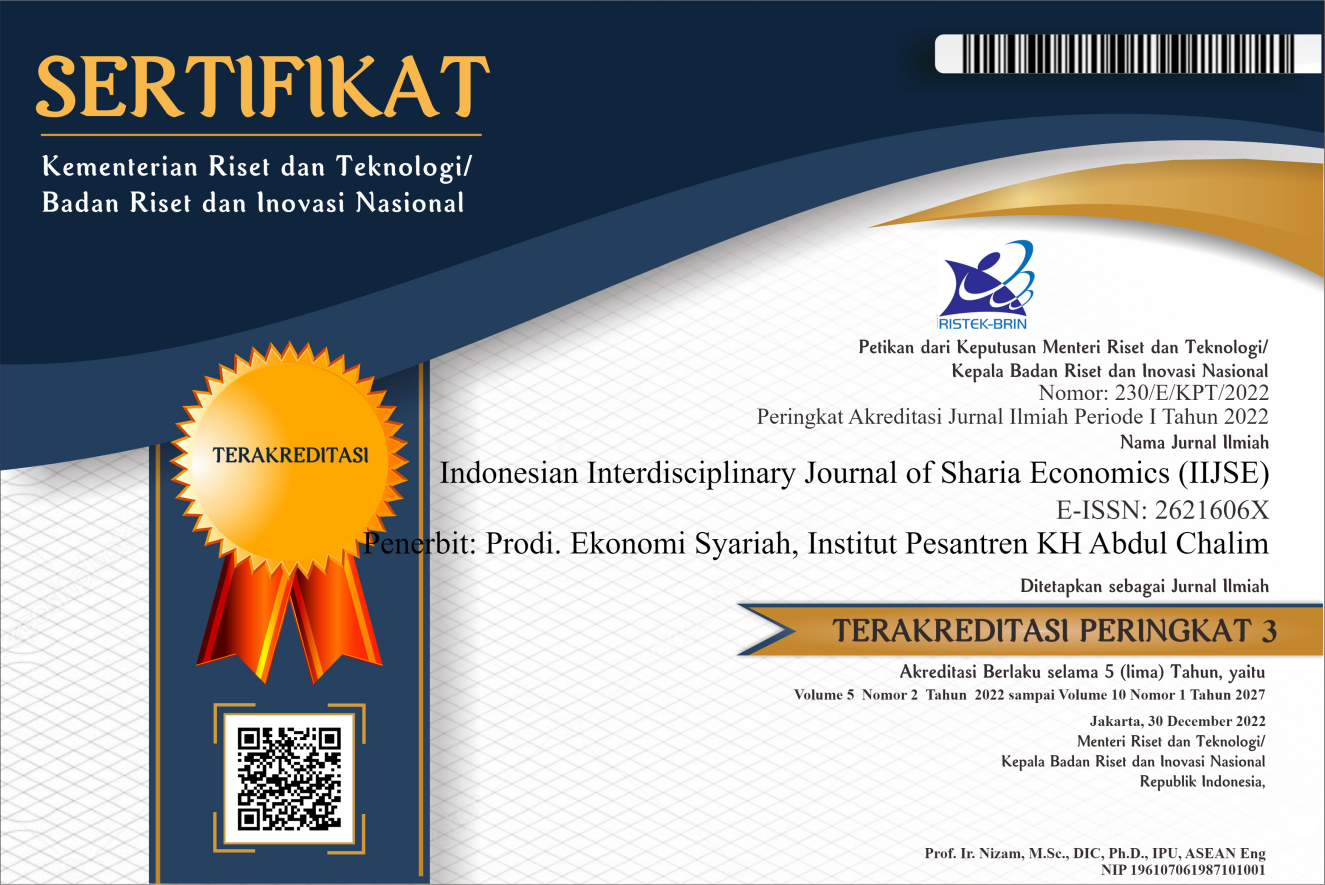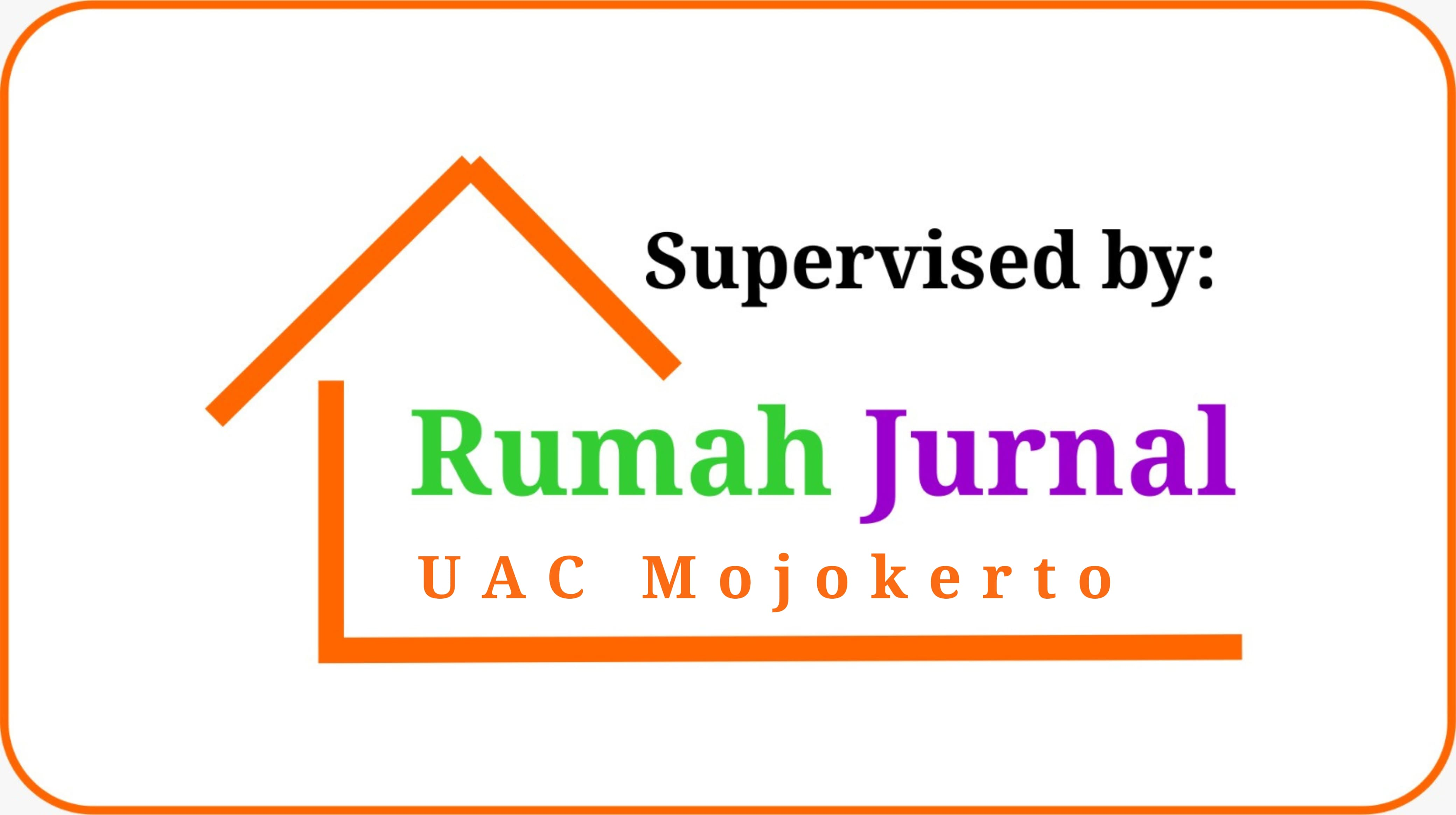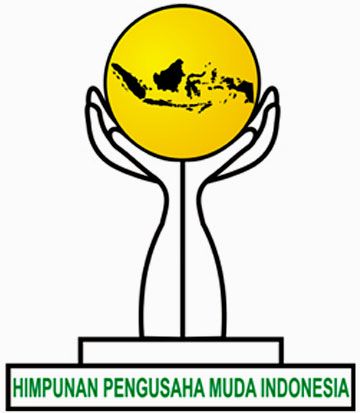Flood Disaster Evacuation Analysis (Case Study: Long Pahangai I Village and Long Pahangai II Village, Mahakam Ulu Regency)
Abstract
Flood disasters are caused by high rainfall intensity and the close proximity of residential areas to the river, as observed in Long Pahangai I and Long Pahangai II Villages. Flooding in these villages occurs frequently every year, with varying water levels. In 2024, floods occurred more than twice in May, reaching a water level of 3 meters above the road surface. Currently, there are no designated evacuation points for flood disasters in the study area. However, during flooding events, affected residents typically seek refuge in unaffected homes within the community. Given this situation, it is crucial to consider the characteristics of the area when planning for flood disaster evacuation. The evacuation point planning process takes into account the capacity and characteristics of the study location, while evacuation routes are determined using Network Analysis to identify the most effective paths. The analysis results indicate the identification of two temporary evacuation points, one final evacuation point, and three flood disaster evacuation routes distributed across Long Pahangai I and Long Pahangai II Villages.
Downloads
References
Anggrayni Aghnesya Ka’u, Esli D. Takumansang2&Amanda Sembel. Analisis Tingkat Kerawanan Banjir Di Kecamatan Sangtombolang Kabupaten Bolaang Mongondow. Jurnal Spasial Vol. 8 No. 3, 2021.
Balahanti, R., Mononimbar, W., Pierre, I., & Gosal, H. (n.d.). Analisis Tingkat Kerentanan Banjir Di Kecamatan Singkil Kota Manado. Jurnal Spasial, 11, 2023
Bicky Sahetapy et al., 2014. Jurnal Analisis Jalur Evakuasi Bencana Banjir Kota Manado.
Darmawan et al. Edukasi Mitigasi Bencana Di Desa Cintamulya,Kecamatan Jatinagor, Kabupaten Sumedang, Provinsi Jawa Barat. Jurnal Pengabdian Kepada Masyarakat
Fibriani, Charitas. Batu, Juliana Andretha Janet Lumban. 2017. Analisis Penentuan Lokasi Evakuasi Bencana Banjir dengan Pemanfaatan Sisitem Informasi Geografis dan Metodologi Simple Additive Weighting (Studi Kasus : Surakarta). Jurnal Teknologi Informasi dan Ilmu Komputer (JTIIK). Vol 4 No. 2, Juni 2017, hlm. 127-135
Hardi Warsono, dkk 2019. https://brida.badungkab.go.id/artikel/51110-strategi-mitigasi-dan kesiapsiagaan-bencana
Hasddin, Erny Tamburaka (2020), Karakteristik dan Wilayah Yang Terdampak Bencana Banjir Di Kecamatan Mandonga Kota Kediri, Jurnal Pembangunan Wilayah dan Kota Vol.17,No 4,2021,420-427
https://ejournal.undip.ac.id/index.php/pwk/article/download/32391/pdf.
IDEP. 2007. Penanggulangan Bencana Berbasis Masyarakat. Yayasan IDEP ISBN: 978-979-24-1310-6
Syugiarto, S., & Widana, A. R. (2023). Sistem Penanggulangan Bencana Alam (Studi Kasus Negara Di Wilayah Ring Of Fire). PARADIGMA. Jurnal Administrasi Publik, 2, 1–19 . https://doi.org/10.55100/paradigma.v2si.55
Taryana et al (2022). Analisis Kesiapsiagaan Bencana Banjir Di Jakarta, Jurnal Administrasi Negara. (Hal 2 Paragraf 1).
Utomo, Bambang Budi. Supriharjo, Rima Dewi. 2012. Pemintakan Risiko Bencana Banjir Bandang di Kawasan Sepanjang Kali Sampean, Kabupaten Bondowoso, Jurnal Teknik Its Vol. 1, No. 1, (Sept. 2012) Issn: 2301-9271.
Wilade Jessica Intansari et al.(2019). Pemerintah Daerah Dalam Penanggulangan Bencana Alam Gunung Api Karangetang Di Kabupaten Kepulauan Siau Tagulandang Biaro, Jurnal Jurusan Ilmu Pemerintahan Volume 3 No. 3 Tahun 2019 Fakultas Ilmu Sosial dan Politik Universitas Sam Ratulangi Peran (Hal 4).
Zulfa Vira Ananda, W. H. K. J. (2022). 26532-60043-1-PB. MITIGASI BENCANA BERDASARKAN TINGKAT RISIKO BENCANA TANAH LONGSOR. Jurnal Kajian Ruang Vol 1 No 2 September 2022 Http://Jurnal.Unissula.Ac.Id/Index.Php/Kr, (Hal 2 Paragraf 3)
Copyright (c) 2025 Novita Mebang, Ardiyanto Maksimilianus Gai, Annisa Hamidah Imaddudina

This work is licensed under a Creative Commons Attribution-ShareAlike 4.0 International License.
Authors who publish with this journal agree to the following terms:
- Authors retain copyright and grant the journal right of first publication with the work simultaneously licensed under a Creative Commons Attribution License that allows others to share the work with an acknowledgment of the work's authorship and initial publication in this journal.
- Authors are able to enter into separate, additional contractual arrangements for the non-exclusive distribution of the journal's published version of the work (e.g., post it to an institutional repository or publish it in a book), with an acknowledgment of its initial publication in this journal.
- Authors are permitted and encouraged to post their work online (e.g., in institutional repositories or on their website) prior to and during the submission process, as it can lead to productive exchanges, as well as earlier and greater citation of published work.


















